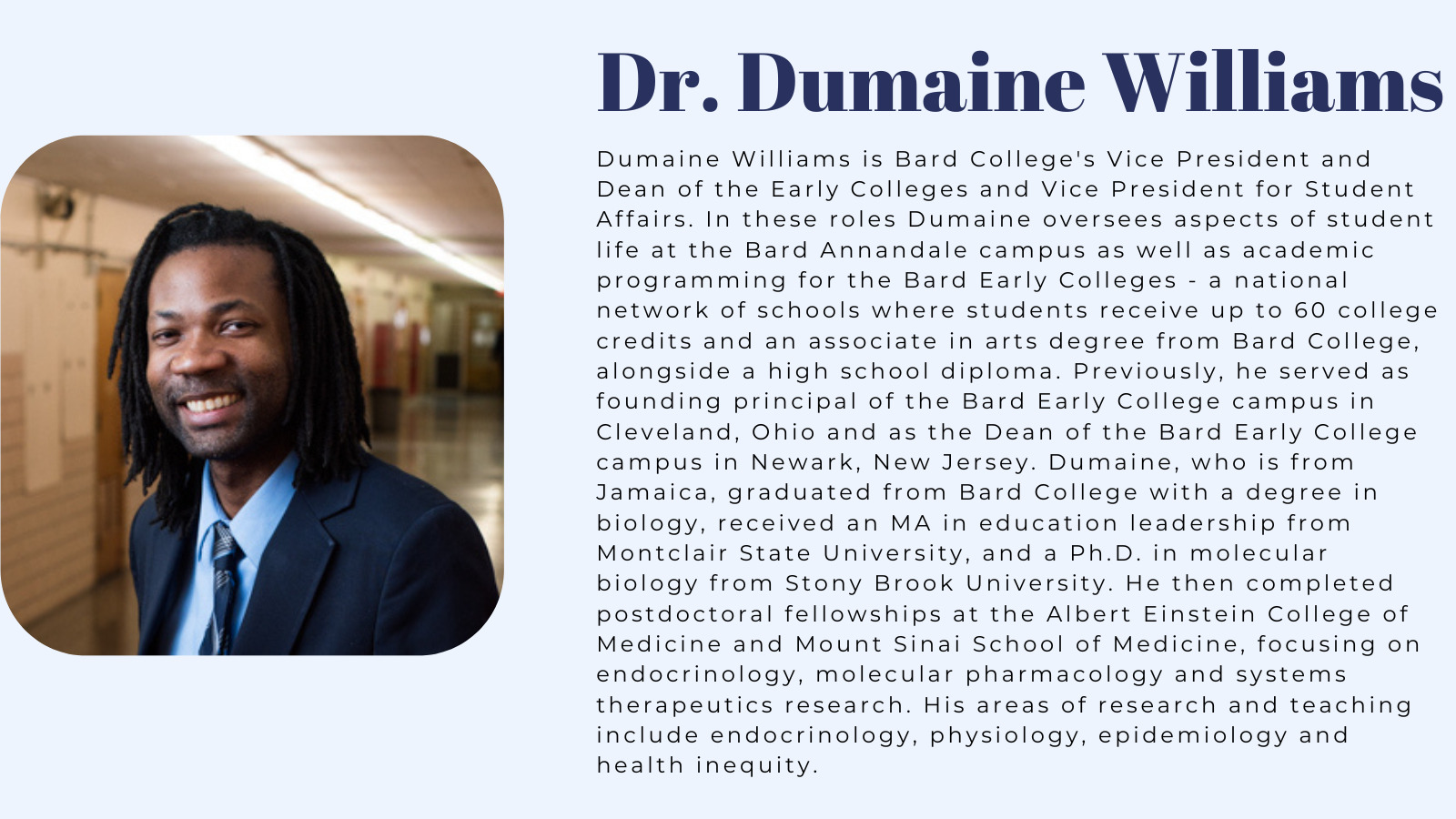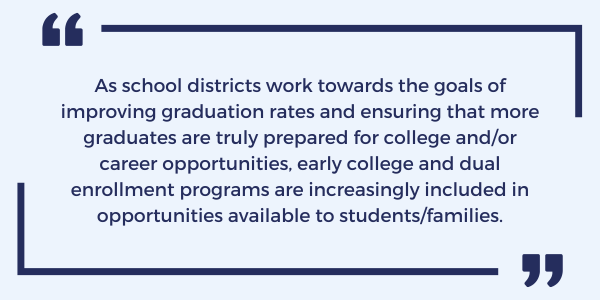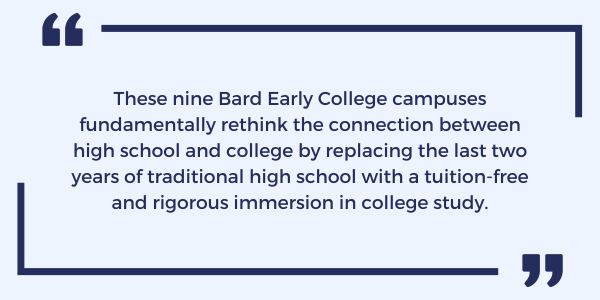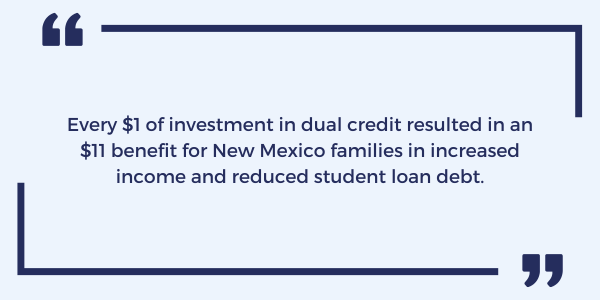
Many of us who work closely with adolescents, either as parents/caregivers or as educators, are familiar with framing the importance of education for young people as, “Your main job is to be a student” or a similar sentiment. This framing highlights the reality that, similar to career decisions, our individual educational pathways significantly impact our lives. For students, of course, these impacts are extremely consequential because they influence a student’s present experience as well as opportunities for their future.
The value of educational opportunities is demonstrated in the significant life decisions of so many families—where to buy or rent a home, which relative a child lives with, etc.—all based on the simple question of, “Where will this child have the best chance of doing a good job of being a student?” Even Barack Obama, in his memoir, Dreams from My Father, shared how this very question guided the course of his life. He writes, “For my grandparents, my admission into Punahou Academy heralded the start of something grand, an elevation in the family status that they took great pains to let everyone know.”
It is estimated that around 90% of American students attend public school from pre-Kindergarten through 12th grade. For the many families relying on public education, their options are largely determined by their addresses and the policies of local school districts. Families rely on these schools to prepare students for college and/or career opportunities.
Interestingly, the theme of options and choices are encapsulated in the two paths that most students pursue after 12th grade—higher education and the employment sector. One of the standard college or graduate school application questions is, “why did you choose this school or program or major?” Similarly, we expect that, in the context of a job application or interview, candidates will explain why they chose to apply for the particular job opportunity.

As school districts work towards the goals of improving graduation rates and ensuring that more graduates are truly prepared for college and/or career opportunities, early college and dual enrollment programs are increasingly included in opportunities available to students/families. Early college, dual enrollment and concurrent enrollment programs offer students the opportunity to meaningfully engage with postsecondary/higher education coursework while in high school, to earn college credits, and to reduce college costs by essentially making the first two years of college free.
Dual enrollment and concurrent enrollment programs have varied structures, modalities and pathways for students across the models. Many of these programs are designed to increase educational access for low income students, students of color, and other students who are historically underserved and underrepresented in higher education. This was the motivation and rationale for the design of the Bard Early College model in 2001.
For over two decades, Bard College has partnered with school systems across the US to launch tuition-free early college campuses in New York City (with campuses in the Bronx, Manhattan and Queens), Newark, Cleveland, Baltimore, New Orleans, Washington, DC and the Hudson Valley in New York. These nine Bard Early College campuses fundamentally rethink the connection between high school and college by replacing the last two years of traditional high school with a tuition-free and rigorous immersion in college study. Students receive up to 60 college credits and an Associate in Arts degree from Bard College, alongside a high school diploma. These schools are designated both as public high schools and accredited branch campuses of Bard College.

Classes at the early colleges (from the 9th grade up to the second year of the college program) are taught by college instructors who are dedicated to teaching adolescents and supporting students as they navigate the liberal arts and sciences curriculum at the school. The curriculum is designed to be both robust and engaging, with small, writing- and discussion-based seminar classes supplemented by strong academic and social-emotional student support.
Often students choose to attend Bard Early College because a robust liberal arts and sciences program with the opportunity to earn college credit aligns with their high school and postsecondary plans. In the early college model, students get the opportunity to choose specific college courses,internships, and co-curricular activities. The program is designed to allow students to deepen their sense of curiosity and understanding, and ultimately establish their sense of place in the world as a citizen.
There is growing evidence that early college programs have significant and long lasting benefits for students, families and communities. A report from The Bridge of Southern New Mexico looking at the financial benefits of early college and dual enrollment programs in New Mexico found that every $1 of investment in dual credit resulted in an $11 benefit for New Mexico families in increased income and reduced student loan debt. The American Institutes of Research found that early college graduates nationally are 20 percent more likely to earn a college degree than academically matched peers.

Looking specifically at the Bard Early College outcomes, a report from the Education Trust of New York analyzed the rate at which low-income students coming from New York’s 1,520 public high schools finished college on time; this report found that alumni from Bard’s Manhattan and Queens campuses outpaced the state average in on-time college completion by more than 20%. Finally, a recent Impact Evaluation report found that Bard Baltimore graduates enrolled in college at a rate 15 percentage points higher than their peers and that graduates chose 4-year colleges as opposed to 2-year colleges at a rate that is 25 percentage points higher than the average rate for Baltimore City. This trend is consistent when broken down by race and gender identity.

With these outcomes, it is not surprising that early college options have become quite popular among students and families in districts that provide such opportunities. For example, the Bard Early College campuses in New York City, Newark and DC all operate qualitative admissions processes centered around candidates’ intellectual curiosity and a love of learning, using those districts’ MySchools systems of school enrollment/school choice. Each year, they receive an overwhelming number of applications for the incoming class, resulting in long waitlists. In response to this increased demand for early college programming, and as a way to help new communities increase opportunities for high school students (without the need to launch entire new schools), Bard College developed the Bard Sequence program in 2019, providing early college curricula to high school students through partnerships with existing schools and school networks.
There is still much work to be done to further increase educational access. This includes targeted efforts to give students with learning differences access to the best programs and resources to excel at their job of being a student. To prepare students to be successful in higher education and in their careers, we need to assess and understand how various models support our most vulnerable students that are traditionally underrepresented in higher education – including students of color, students from low-income families, and first-generation college students. All of these efforts are enhanced by offering different district models that provide a broader array of choices for students and their families.